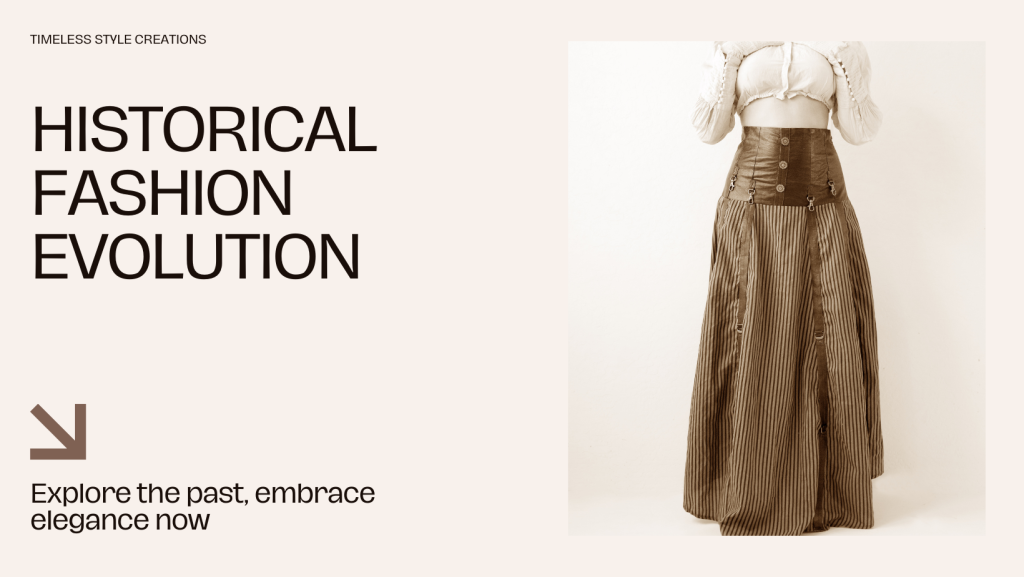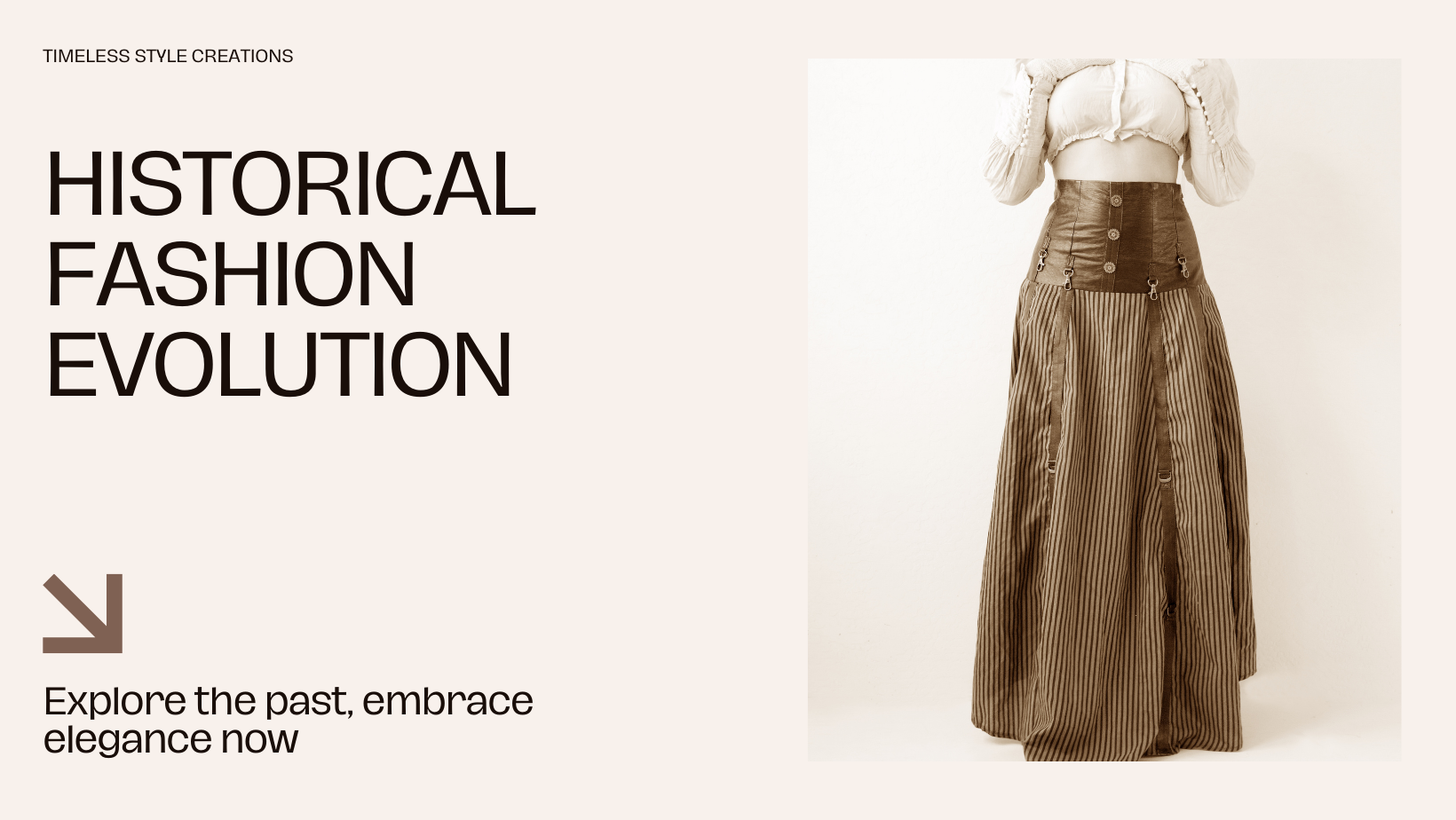Elegance has been a timeless concept that evolves with each era, reflecting cultural shifts, technological advancements, and changing societal norms. From the opulence of ancient civilizations to the sleek minimalism of modern design, this article explores how elegance has manifested itself through different periods in history.
Ancient civilizations such as Egypt and Mesopotamia revered elegance in their art, architecture, and attire. Elaborate jewelry, intricate hieroglyphics, and majestic pyramids symbolized wealth and status, showcasing a form of elegance rooted in craftsmanship and cultural symbolism.
During the Renaissance period in Europe, elegance took on a new dimension with a focus on proportion, symmetry, and classical motifs. Artists like Leonardo da Vinci and architects such as Andrea Palladio epitomized elegance through their works, which emphasized beauty, harmony, and a revival of classical ideals.
The 18th century witnessed the rise of Rococo style in Europe, characterized by ornate decoration, pastel colors, and asymmetrical designs. Elegance during this period was associated with luxury and extravagance, as seen in the sumptuous interiors of palaces and the fashion of the aristocracy.
In the 19th century, the Victorian era in England brought forth a sense of elegance that was more restrained yet highly embellished. Victorian architecture and fashion embraced intricate details, rich fabrics, and elaborate ornamentation, reflecting a society that valued propriety and social hierarchy.
The 20th century witnessed a shift towards modernism and minimalism, challenging traditional notions of elegance. Art Deco in the 1920s introduced geometric shapes, streamlined forms, and luxurious materials, embodying a sleek and sophisticated elegance that celebrated industrial progress and glamour.
Post-World War II, the mid-20th century saw the emergence of mid-century modern design, characterized by clean lines, organic forms, and functional simplicity. Elegance during this period was defined by innovative materials such as molded plywood and fiberglass, as well as iconic furniture designs by architects like Eames and Saarinen.
Today, elegance continues to evolve with the influence of technology, sustainability, and global cultural exchange. Contemporary design trends often blend elements of past styles with a focus on sustainability, functionality, and timeless appeal. Elegance in the 21st century is about harmonizing form and function, embracing diversity, and creating spaces and products that resonate with both aesthetic beauty and ethical responsibility.
In conclusion, the concept of elegance has traversed centuries, adapting to changing tastes and societal values while maintaining its intrinsic allure. By understanding the historical evolution of elegance, we gain insights into how design, art, and culture continue to shape our perception of beauty and sophistication in the modern world.


